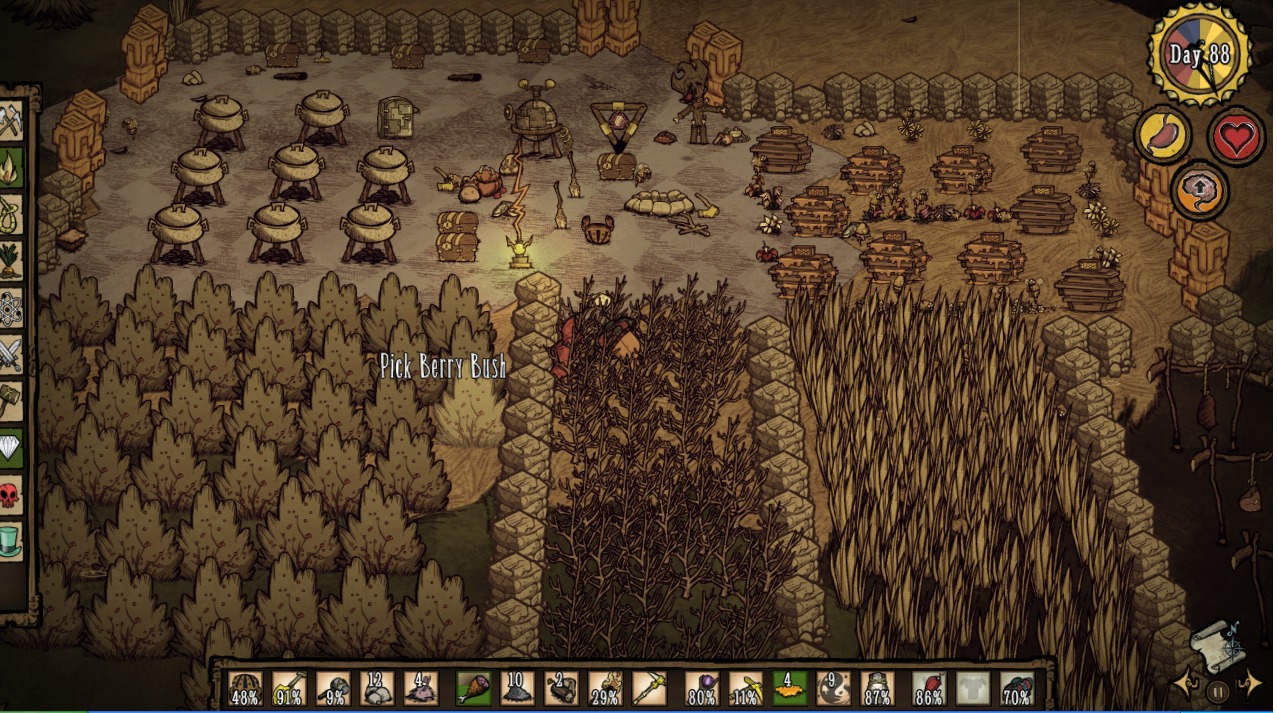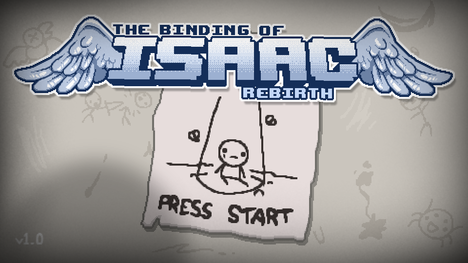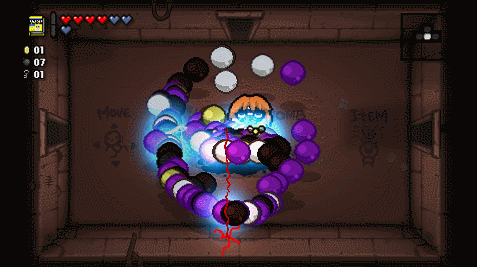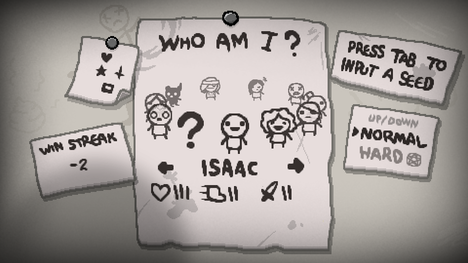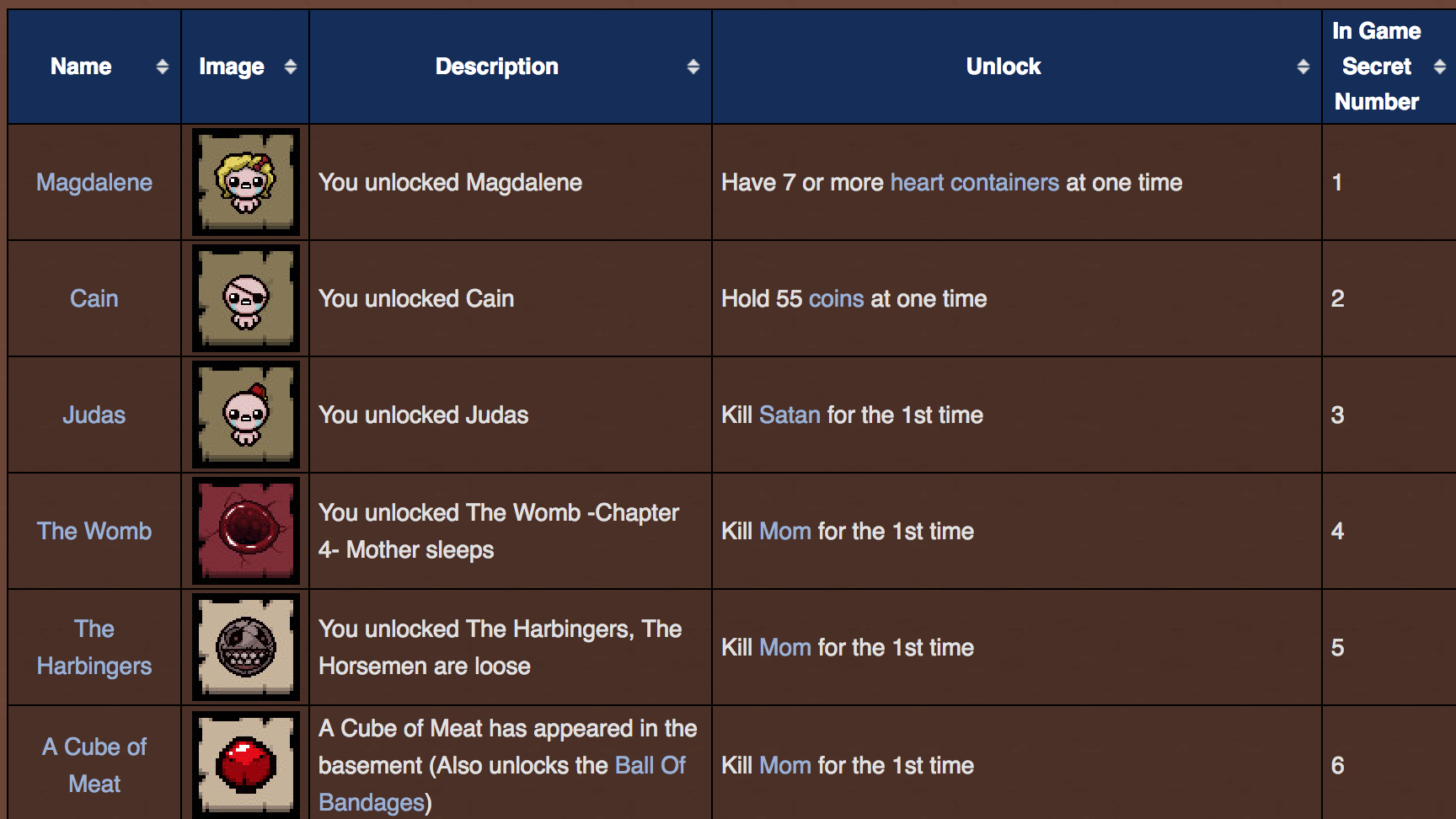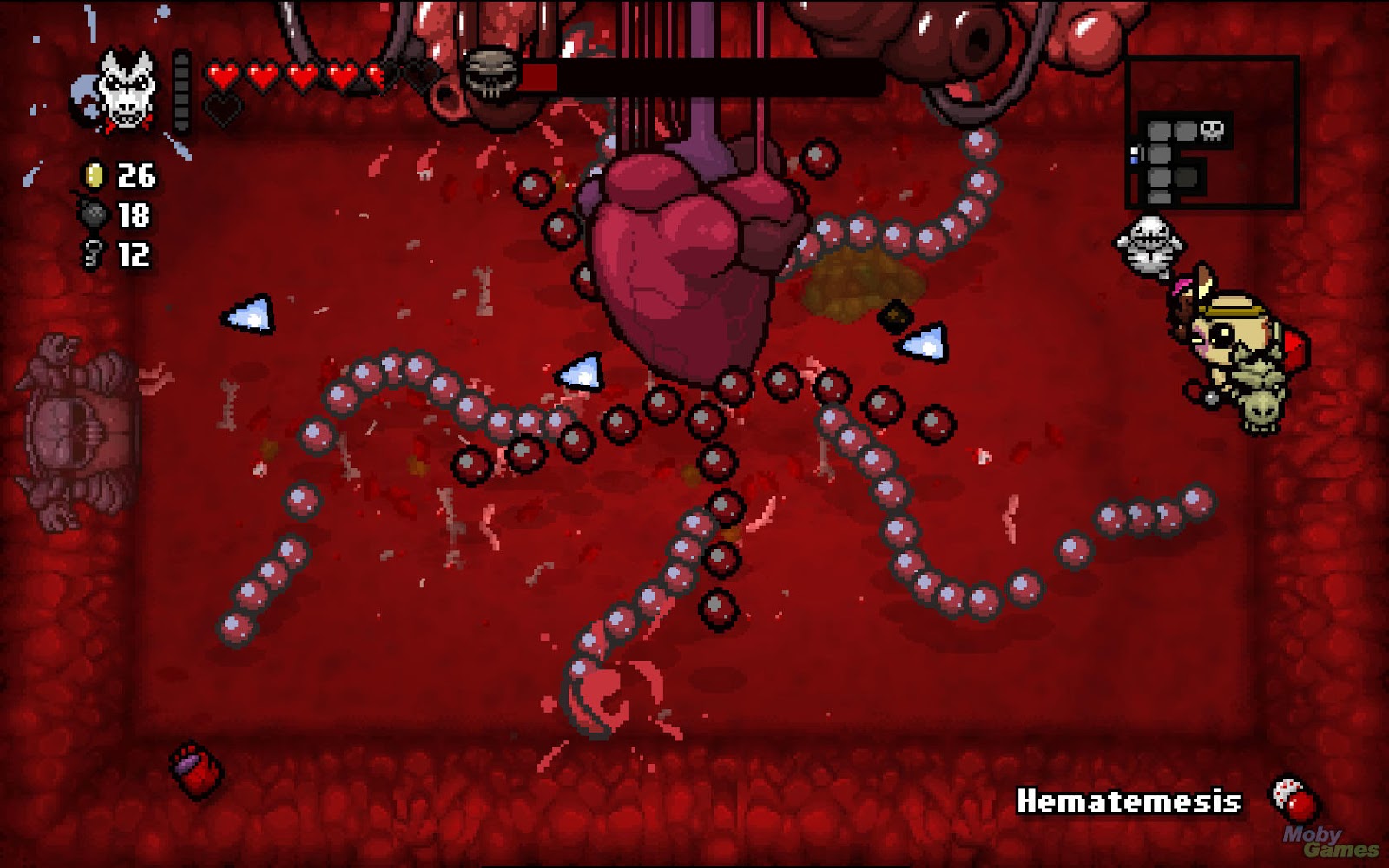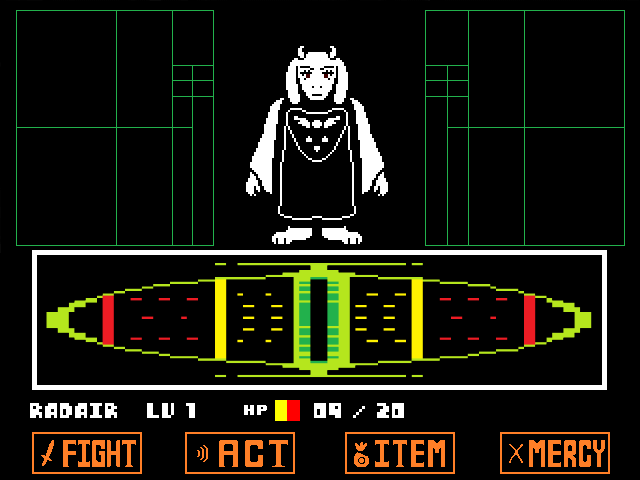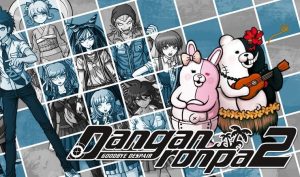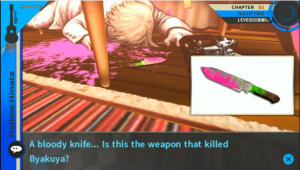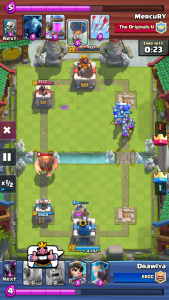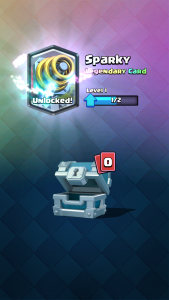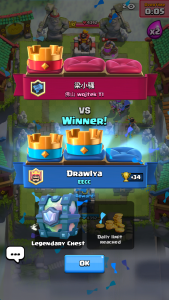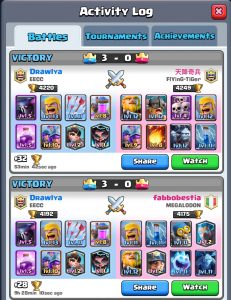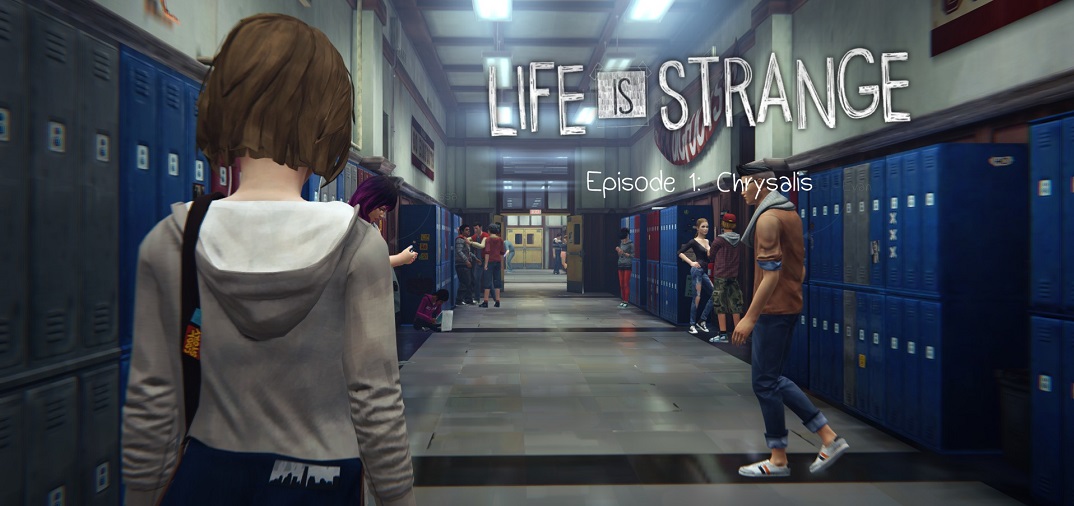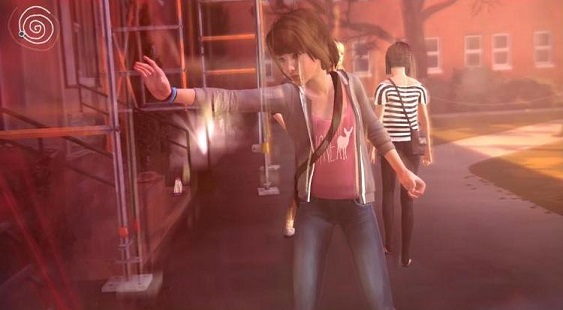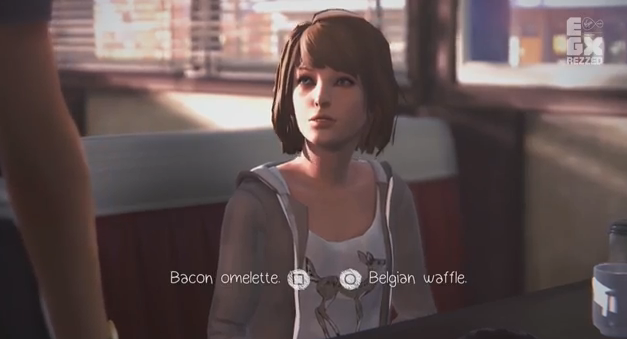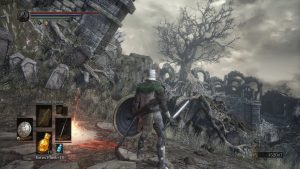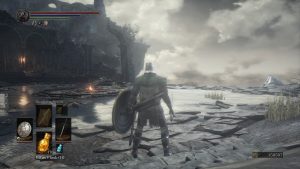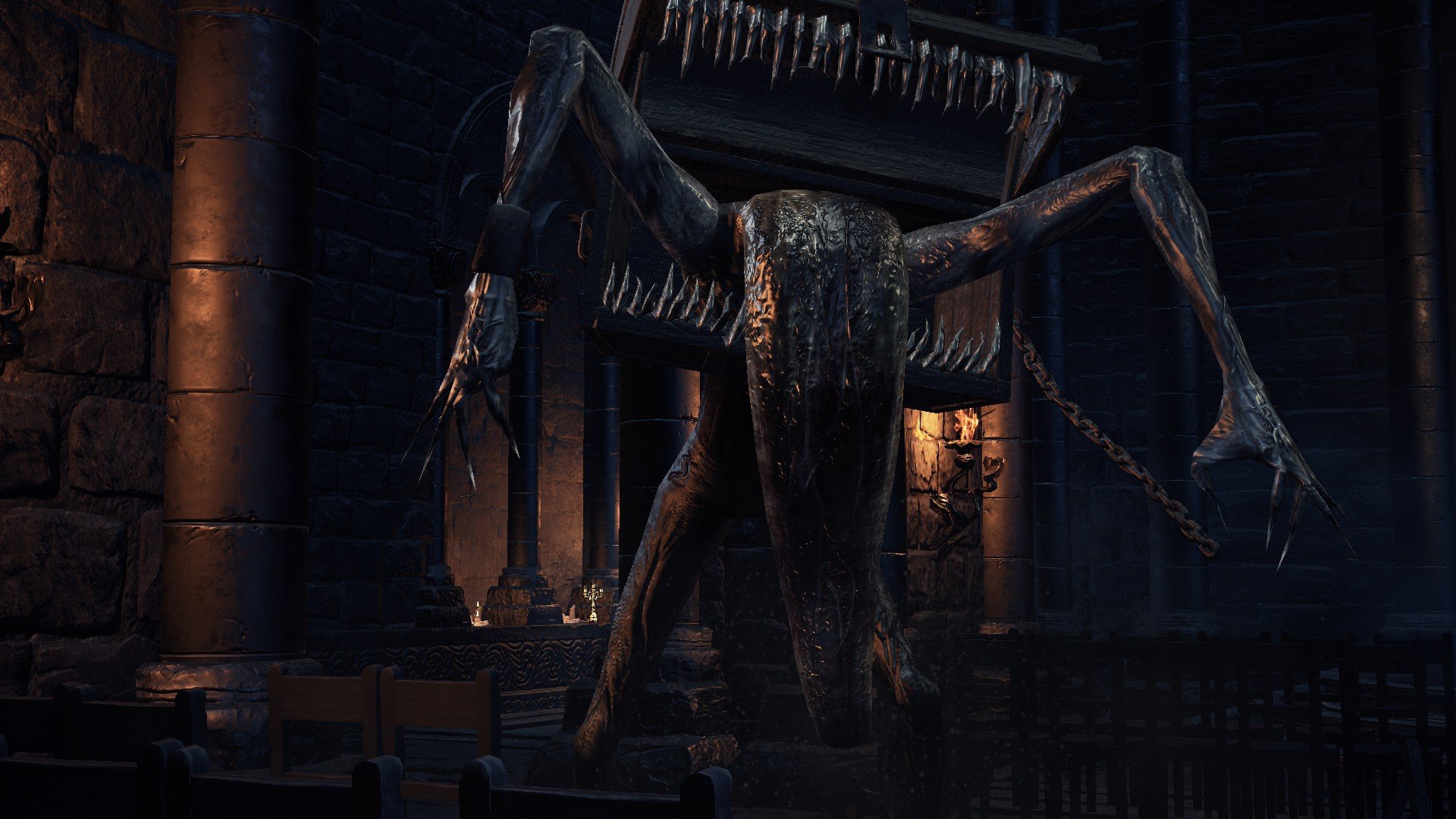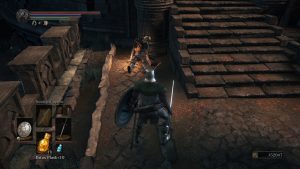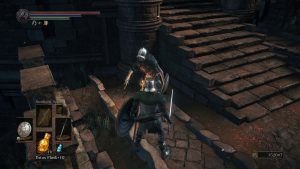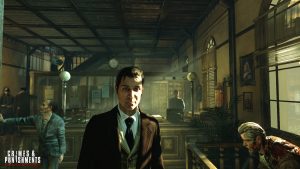
Short description:
Sherlock Holmes: Crimes & Punishments is a single player adventure mystery video game where the player will control mainly Sherlock Holmes,along with other characters to solve six complicated cases. Players will explore and gather clues from different locations and make deductions. Interactive and interesting illustrations and puzzles were also provided for each case to guide the players to figure out the culprit. At the end of each case, the player would get to make a moral choice to either absolve or condemn the culprits which will led to different endings.
Website: http://store.steampowered.com/app/241260/
Gameplay: https://www.youtube.com/watch?v=aXXHbbpHCJI
Elemental Tetrad
Aesthetics:
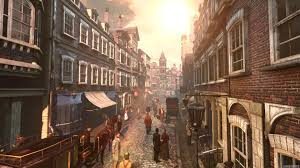
- I like the overall look of the game as the characters are detailed and realistic. Players can easily identify the character’s thoughts and mood through the expressive facial animations and the tone of the voice over.
- The setting of the game is in 19th century London which matches with the original Sherlock Holmes stories. This helps players to relate to the characters and be immersed in the familiar setting.
- Text are provided at the bottom to help players understand what the character is saying. The other purpose of the text is to show the character’s thoughts while making deductions.
- The aesthetic for the ‘deduction board’ is similar to neurons in the brain and they connect with one another when there is an idea. This is a good illustration showing what happens when a person is thinking and connecting ideas.

Deduction Board
Technology:
- The game is available for Windows, PlayStation 3 and 4, Xbox 360 and Xbox One, making it convenient for several types of players.
- This game is developed on Epic Games’ Unreal Engine 3.
Mechanics:
- An interesting mechanic of this game is the ‘Sherlock Vision’. This vision helps the player to obtain important clues that may not seem as obvious and allows players to watch how events happened in the correct sequence. This makes the game more interesting and different from the usual point and click adventure games.
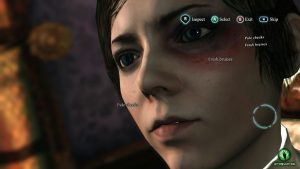
Scanning other characters for information
- There is a special camera view whenever Sherlock Holmes interact with other characters. The view allows the players stand in Sherlock’s point of view as Sherlock observes other characters to gather more information. These clues are also useful in telling whether the characters are telling the truth.
- Other than finding and examining clues, there are several puzzles throughout the cases that the player must solve to obtain the clues. While some puzzles are repetitive such as unlocking a lock, there are many interesting puzzles that vary for each case.
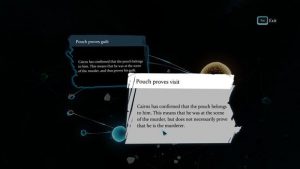
Deduction Board
- After players gathered enough clues, they would go to the ‘deduction board’ to link pieces of information together and make deductions. Some deductions would require the player to make a decision based on their judgment and interpretation. These deductions would lead to different endings.
- At the end of each case, the player gets to make a decision to either condemn or absolve the culprit. Following that, the game would show what happens based on the player’s decision. There would also be a ‘case statistics’ shown to the player to show the percentage of the players that made the same decision.
Story:
- There are a total of six separate cases and some are adaptations from Arthur Conan Doyle’s original stories. The plot for the cases are rather complicated and intriguing which makes it fun for the players as they attempt to solve the cases. Furthermore, it is difficult to guess the culprit in at first glance and this motivates players to continue playing and gather more clues.
- There are a number of different endings for each case depending on the player’s decision. I enjoy seeing the alternative endings as it is interesting how different decisions lead to different fates for the characters. Also, the good thing about the game is that players do not need to replay the whole case to see alternative endings.
Lens #4: Lens of Curiosity
- As the cases mostly start off with the crime, it invokes the player’s curiosity as there are many unanswered questions and several suspects. Players would want to know howh the crimes are committed and the motives behind it.
- Players will also be interested to find out how the different clues gathered are connected with one another. This helps them to see the full picture and understand the case.
- The game reveals pieces of information and new locations one at a time throughout the investigation, this keeps the players excited and motivate them to continue playing.

Chemistry Puzzle
Lens #31: Lens of Challenge
- There are many different types of puzzle that the players need to solve to proceed. Some of these puzzles are quite challenging as it requires players to think and see the pattern. There are subtle hints near the puzzles that can help the players.
- There were some challenges at the ‘deduction board’ as some deductions require the player to choose one option out of the two. Players may not know which one to choose based on the information they gathered so far. Moreover, new evidence may appear and challenge their current views.
- When exploring the crime scenes to obtain clues, some may feel that it is not challenging enough as the game would indicate to the player which are the important items. However, I feel that this feature is important as it makes sure that players would not miss out any evidence. Without this feature, players may be confuse and unable to search all the clues required.
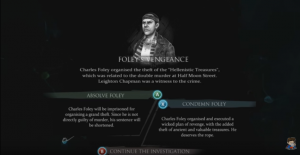
Making the moral choice
Lens #32: Lens of Meaningful Choices
- Players need to make a moral choice to either condemn or absolve the culprit at the end of each case. I find this meaningful as it depends on the player’s values and thoughts to make the decision. For certain cases whereby the culprit did the crime due to self-defense or with valid reasons, I feel that the culprit should be given another chance. But others may not feel this way since the culprits did commit a crime. There are no wrong choices but it is interesting to see what happens in the different endings.
- As there are several suspects for each case, players are also given the choice to choose whom they think are the culprits. This provides the players an opportunity to look at all the clues gathered and make a logical decision.
- Players can also choose how they want to dress up the characters to ensure that they are in the right disguise and suitable for the situation.
Lens #5: Lens of Endogenous Value
- Clues and items gained from each crime scenes are essential to solve the crime.
- Some items could be used to unlock puzzles or new clues, allowing the players to move on with the game.
- Interactions with the eye witnesses and victims have a meaningful value as it helps the players to better understand the type of person the suspects are or gain information about the flow of events.
Lens #25: Lens of Goals
- It is clear to the players that the ultimate goal of the game is to find the culprit for each case. The objectives for the cases would also be in the ‘case book’ for the players to know.
- During each case, there are several objectives that the players need to complete in order to proceed with the game. Some minor goals include unlocking a lock in order to obtain an evidence or gain access to another location. There are also many mini puzzle games that the players need to solve to gain crucial information. These puzzles are often associated with the context and characters of the case.
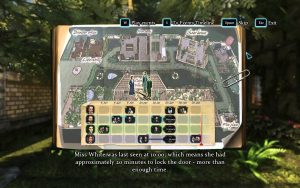
Mini Puzzle Game







